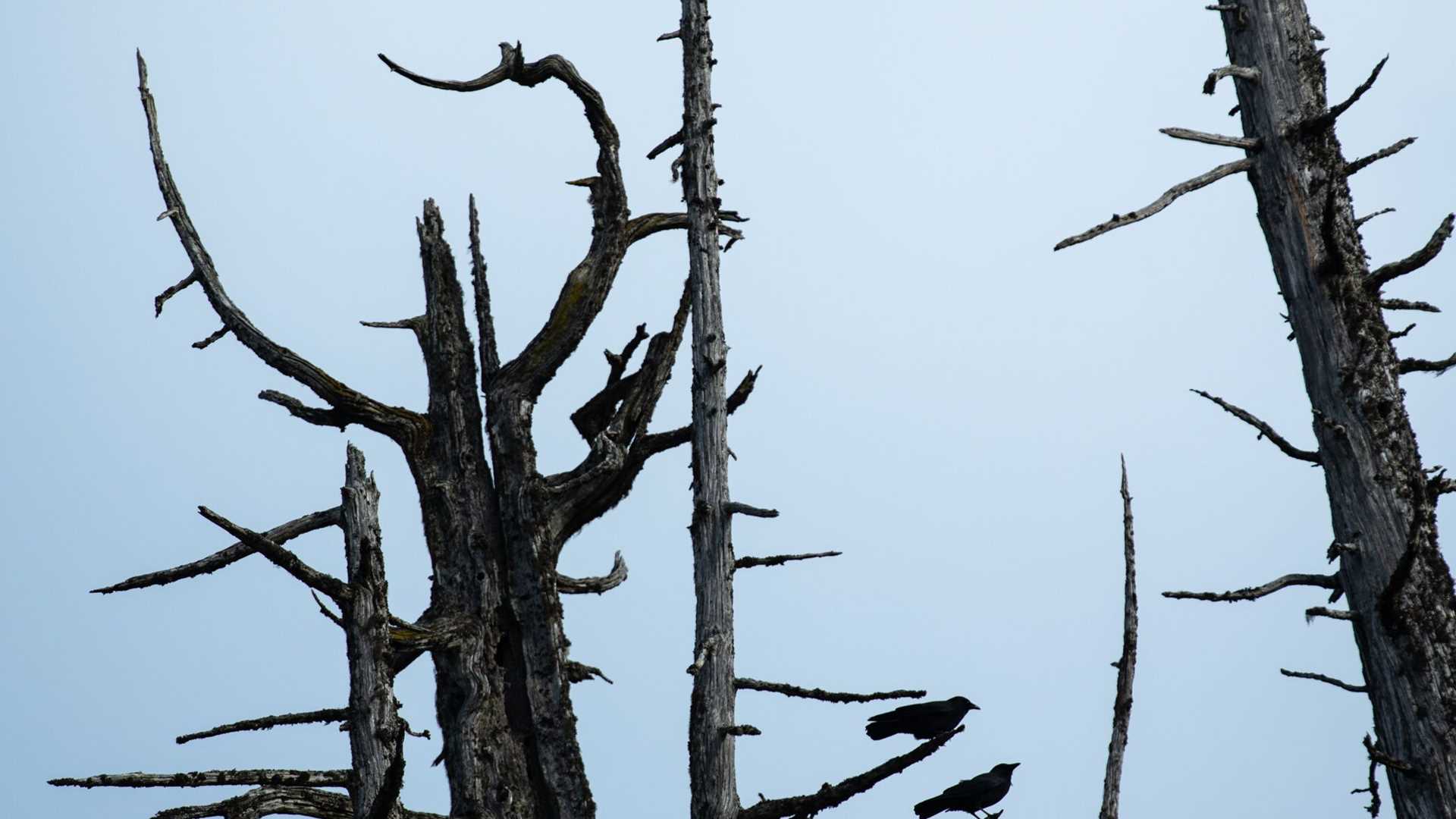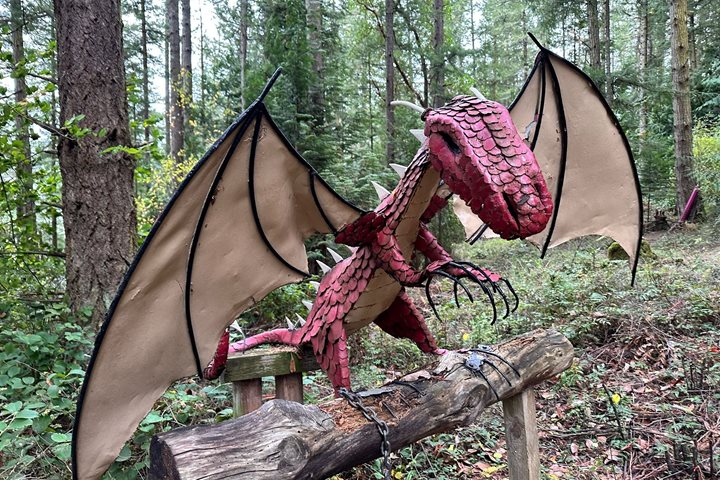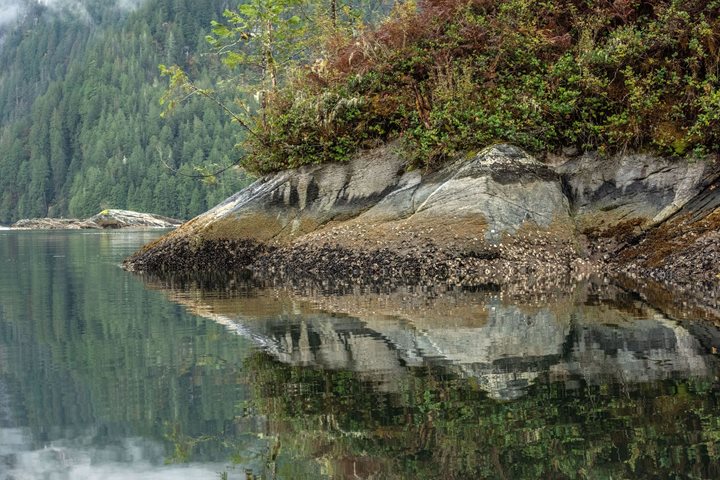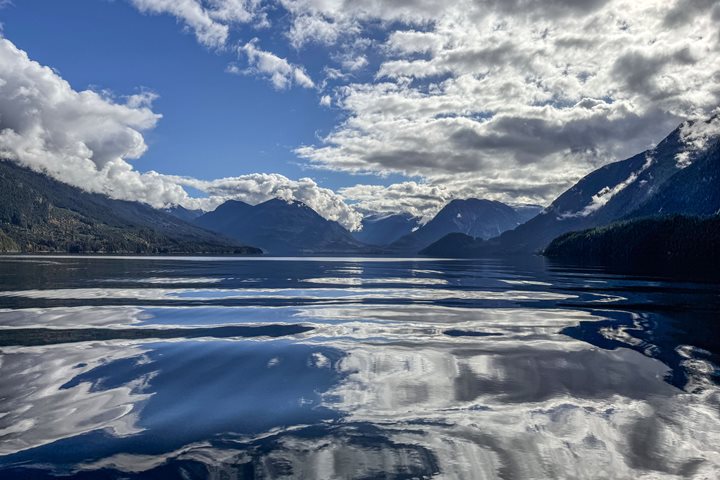When I first visited Alert Bay fifteen years ago, I didn’t fully comprehend the geographic importance of this community. In the 1960s and 70s, this was a thriving fishing and logging town. The town was bustling enough that they had two movie theaters and not enough taxis for all the weekend bargoers. Today it has less than half that population (around 1000 people) and is the cultural center for the Kwakwaka’wakw people, though that was the case well before the fishing and logging booms ever made it here.
Given Alert Bay’s position at the northern end of Vancouver Island–right near the entrance to the open Pacific Ocean, where currents narrow and nutrients concentrate–there is an abundance of wildlife. While we didn’t see killer whales or humpbacks today, they are regular visitors. What we did see were the many birds that pass through or call this place home, including common loons, bald eagles, glaucous-winged gulls, ravens, crows, red crossbills, European starlings, etc.
The morning was dedicated to exploring the natural history of the island by visiting Alert Bay’s ecological park. Many of the aforementioned birds were present along the park’s boundaries, not to mention multitudes of fungi and even some culturally modified trees (a.k.a. western red cedar trees that have been sustainably harvested for their bark over the decades).
Our afternoon afforded us a chance to learn more about the Kwakwaka’wakw legacy in this part of British Columbia and to see much of the prodigious art created at the hands of locals. From totem poles to ceremonial masks to big houses made out of 80’ long, 5’ thick timbers of old growth cedar, this community has created a legacy of art. They have been ever so generous with their stories and knowledge during our visit.







